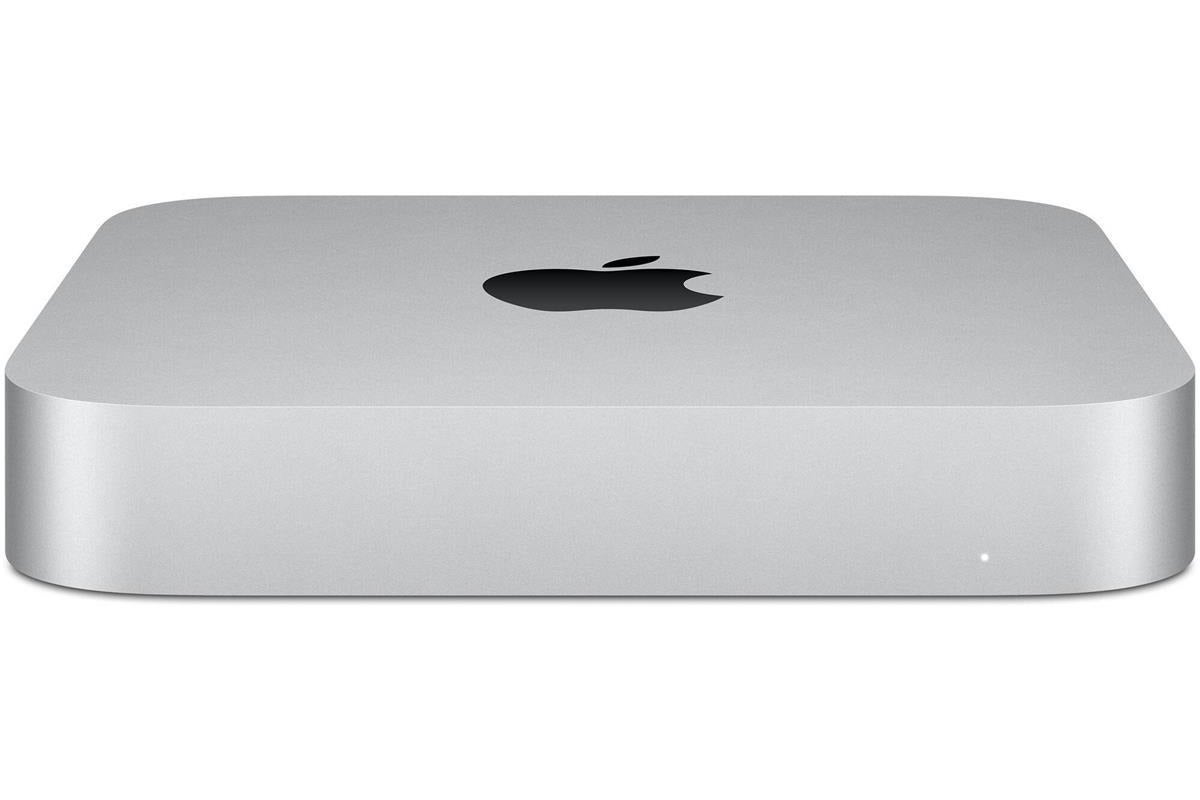
How does Google’s quantum computer compare to previous attempts at creating quantum computing systems?
Google’s Quantum Computer Nears Reality After Reducing Errors
Google stated recently that their quantum computer, Sycamore, has achieved a key milestone that is bringing quantum computers into their own reality. The quantum computer has managed to reduce errors in its computing process while performing a task in a fraction of the usual time it would take a conventional computer.
What is Quantum Computing?
In simple terms, quantum computing is a form of computing that takes its roots in quantum physics. Instead of using the traditional binary approach of computing, it is based on qubits, which are the smallest unit of quantum information. This enables much more complex calculations and processes to be carried out compared to traditional computers.
Features of Google’s Quantum Computer
Sycamore, Google’s quantum computer, is made up of 54 qubits and it is designed to run calculations in a fraction of the time it would take a traditional computer. The processor is capable of performing a calculation in a few seconds that would take a conventional computer 10,000 years.
The key milestone that Google reached with their quantum computer was to reduce the errors that had been resulting in calculations. Errors can occur in quantum computing due to the nature of qubits, and this has been a major problem that has been preventing the advancement of quantum computing. However, the latest improvement on the Sycamore processor has managed to reduce this effect and make calculations more accurate.
Benefits of Quantum Computing
The reductions in errors achieved in the quantum processor make this a major step in the right direction for quantum computing and its applications. Once quantum computing becomes more reliable and efficient, it will be a major boost for the field of computing in numerous ways:
- Scientific breakthroughs – quantum computing will enable researchers to make breakthroughs in areas such as AI, drug development, and materials science.
- Economy – it will revolutionize the economy by creating new technologies and services that can be used by businesses and consumers.
- Data processing – it will enable massive data processing tasks to be performed quickly and accurately which would not be possible with traditional computers.
Google’s impressive quantum processor is just the beginning of a quantum computing revolution. With further refinements, the possibilities of quantum computing could become a reality within the near future, and have a major impact on our lives.
In a major breakthrough, Google has successfully managed to reduce errors in its quantum computer. While other quantum computers have primarily operated through the principles of quantum physics, Google’s new system utilizes an innovative error-correction technique to increase its accuracy.
The new technique ensures that errors are corrected rapidly and effectively, allowing for longer operations and reducing the chances that quantum information is lost. This has resulted in Google’s quantum computer being able to achieve levels of precision that even the most powerful current-generation supercomputers can only dream of.
The advantage of having a quantum computer capable of making millions of calculations a second with near perfect accuracy and minimal errors has huge implications for areas of research such as machine learning, artificial intelligence, and quantum physics. By accurately simulating physical phenomena, quantum computers could potentially lead to the development of new material and drugs, more efficient industrial processes and better forecasting models.
In addition, having a well-corrected quantum computer could help scientists to understand quantum physics better, to construct quantum networks and to design better quantum computing systems. Google’s quantum computer could also act as a platform to develop quantum algorithms and to explore new research directions in the field of quantum computers.
Google’s achievement is part of a much larger endeavour to develop a quantum computer that can solve problems that are too complex for conventional computers. With the error-correction technique Google has proven a valuable step towards the realization of this goal.
To conclude, Google’s major breakthrough in error-correction for its quantum computer could open exciting possibilities for the scientific community and researchers in assorted fields. With the knowledge that errors can be kept at a minimum, research can open up new possibilities for the application of quantum computers to a range of different problems.






















